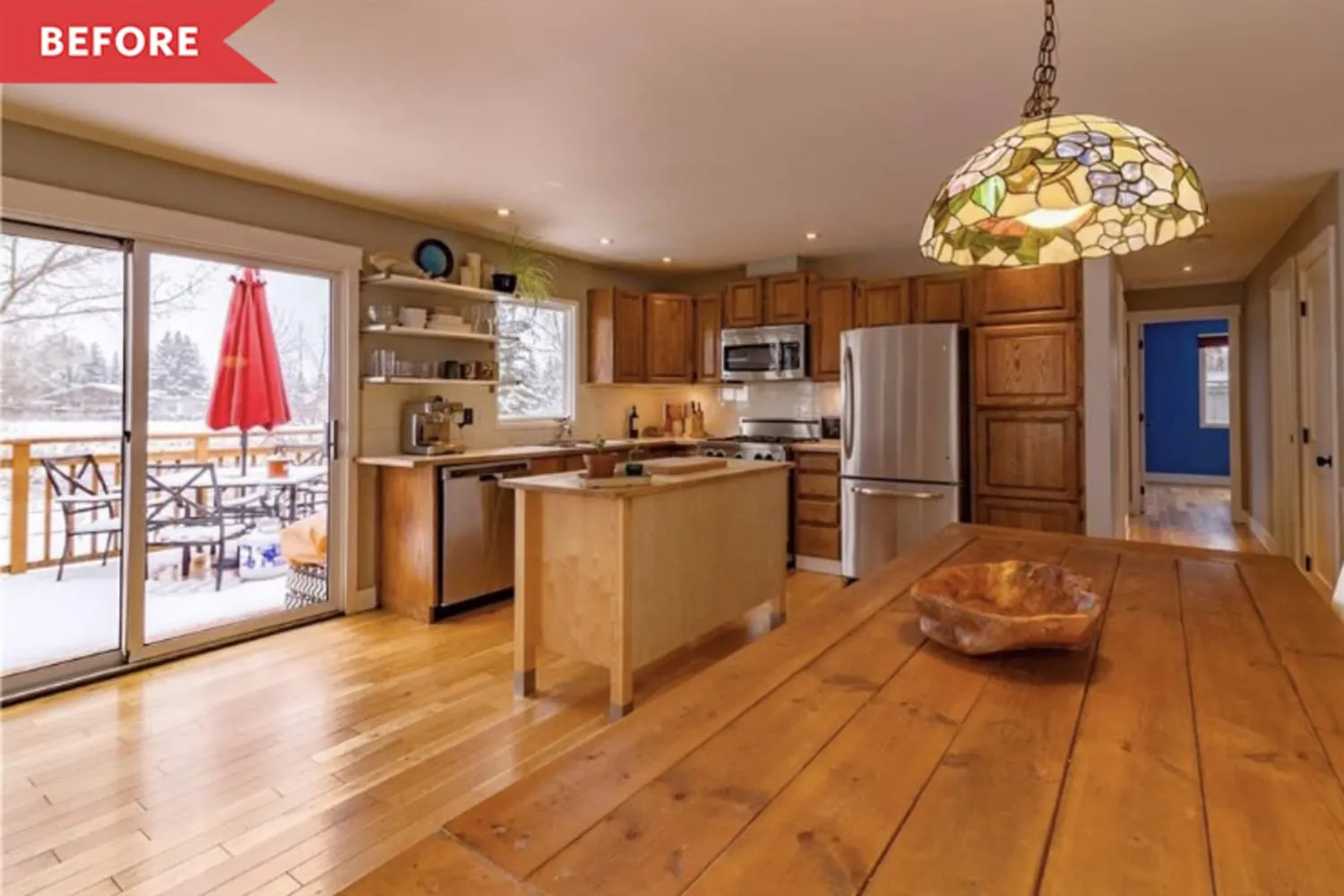Embracing 70s Farmhouse Kitchen Decor
The 70s are back, baby! And if you’re a fan of farmhouse style, get ready to combine two seemingly disparate aesthetics into a stunning kitchen design. Farmhouse kitchen decor from the 70s is all about blending the rustic charm of country living with the bold, playful spirit of the era. This revival offers a unique opportunity to create a kitchen that’s both nostalgic and on-trend. This style is characterized by warm colors, natural materials, and a touch of retro flair. It is a celebration of comfort, personality, and a touch of the unexpected. Prepare to rediscover the beauty of a bygone era and infuse your kitchen with a groovy, welcoming atmosphere. The following guide will explore five key ideas to help you bring this captivating look to life in your own home. Get ready to transform your kitchen into a space that’s both stylish and inviting, a perfect blend of vintage vibes and modern functionality.
The Allure of Retro Farmhouse Style
Why has the 70s farmhouse kitchen decor made a comeback? It’s a perfect storm of comfort, nostalgia, and a rejection of the overly minimalist trends. The 70s aesthetic brings warmth, a sense of history, and a touch of playfulness to a space. Farmhouse style already evokes a sense of coziness and simplicity. When you combine it with the bright colors, geometric patterns, and unique textures of the 70s, you get a kitchen that feels inviting and full of character. The combination is surprisingly harmonious. The natural elements of farmhouse design are nicely complemented by the more vibrant aspects of 70s decor. This style resonates with homeowners who value individuality and a desire to create a home that reflects their personality. It is a way to express a love for vintage treasures, appreciate the beauty of well-crafted items, and have fun with design choices. The look is easily customized, allowing homeowners to blend and match different elements according to their taste.
Idea 1: Rustic Wood and Natural Textures
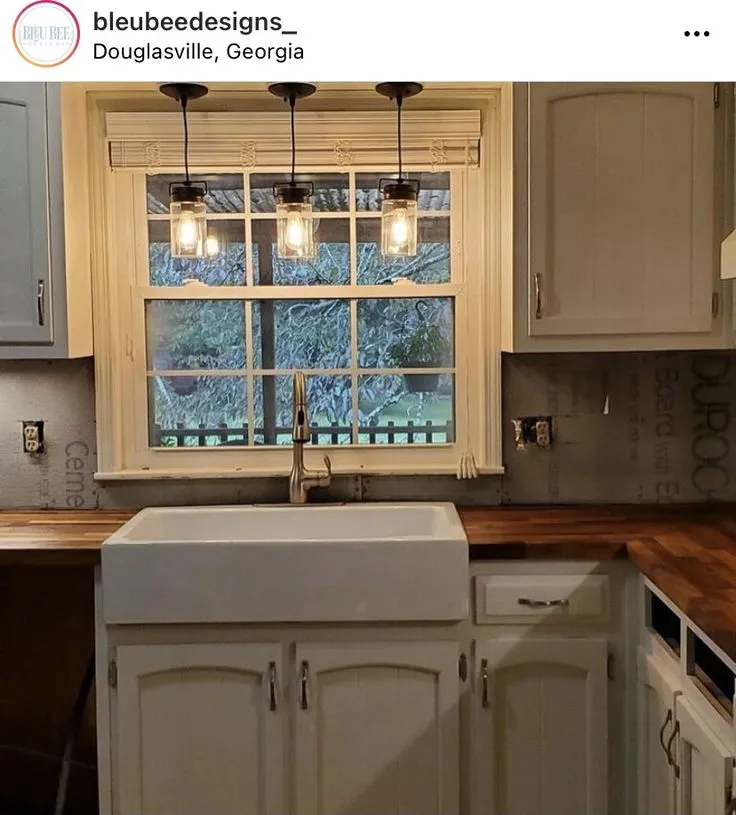
At the heart of any farmhouse kitchen, wood plays a central role. In the 70s interpretation, you’ll find a mix of warm wood tones, from light oak to richer walnut. The focus is on natural textures. Think about incorporating wood in your cabinetry, open shelving, and even the flooring. Exposed beams and wooden ceilings can create a rustic, warm ambiance. Embrace the imperfections of the wood, as they add character and charm. The goal is to create a space that feels connected to nature and embraces the beauty of raw materials. This foundation sets the stage for the other design elements. It’s all about layering textures and creating a visually interesting space. The result is a kitchen that feels grounded, inviting, and full of life. It’s a timeless style that feels both comfortable and chic.
Incorporating Wooden Elements
Consider adding wooden elements such as cabinets and countertops. For cabinetry, opt for shaker-style doors or flat-panel designs in warm wood tones. If you are doing a complete kitchen remodel, wooden countertops can provide a beautiful focal point. However, you can also introduce wood through smaller details such as wooden cutting boards and bowls. Wooden furniture pieces, like a kitchen table or chairs, are also great ways to introduce this natural material into your kitchen. The key is to create a layered and cohesive look by incorporating wood in various forms throughout the space. This will give the kitchen a sense of warmth and authenticity that is a hallmark of the 70s farmhouse style. Even the smallest wooden elements, such as a wooden spoon holder or a display of wooden utensils, can contribute to the overall design.
Choosing the Right Wood Finishes
The right wood finishes are crucial for achieving the desired look. In the 70s farmhouse style, avoid glossy or overly polished finishes. Instead, focus on matte, satin, or even distressed finishes that showcase the wood’s natural grain and texture. Lighter wood tones, such as oak or maple, can create a bright and airy feel, while richer walnut or cherry can add warmth and depth. Consider using a clear sealant to protect the wood while still allowing its natural beauty to shine through. You can also use stain to achieve a specific color or to enhance the grain of the wood. Mix and match different wood finishes to add visual interest and create a unique look. Always keep in mind that the goal is to create a space that feels inviting and full of character, not overly perfect or manufactured.
Idea 2: Bold Colors and Patterns
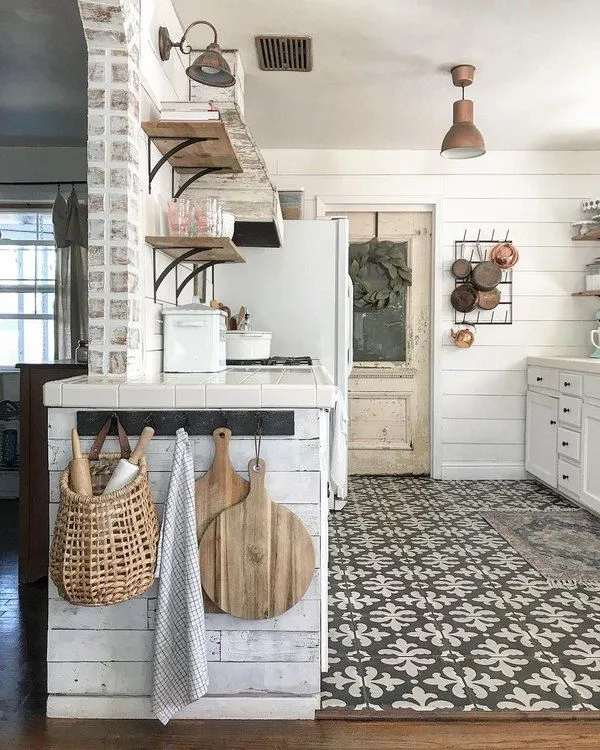
The 70s were known for their vibrant color palettes and daring patterns. In the farmhouse kitchen, this translates to incorporating bold colors and geometric designs. Think of earthy tones like avocado green, burnt orange, and mustard yellow, alongside pops of brighter hues. Wallpaper with floral or geometric patterns can be used to make a statement. The juxtaposition of these lively colors and designs with the rustic elements of the farmhouse style creates a dynamic and engaging space. The color scheme should feel both retro and comfortable. By using the right patterns and colors, the kitchen becomes a focal point, a place where you can express your personality. This is an area where you can really let your creativity shine and create a kitchen that is both stylish and fun. The key is to find a balance that feels cohesive and not overwhelming.
Selecting a Color Palette for the Kitchen
Start by choosing a base color, often a warm neutral like cream or beige, to provide a calming foundation. Then, introduce accent colors, like the vibrant greens or oranges of the 70s, through your cabinetry, backsplash, or accessories. Consider using a color wheel to help you find complementary colors that work well together. For example, orange pairs nicely with blue. Avoid using too many colors at once, as this can make the space feel chaotic. Instead, focus on a few key colors and use them consistently throughout the kitchen. Always remember that the color choices should reflect your personal style. Test out color swatches in your kitchen to see how they look in different lighting conditions before committing to a full-scale color scheme. The most successful kitchens have a carefully chosen palette that ties the whole space together.
Integrating Patterns via Textiles and Accessories
Textiles and accessories are excellent ways to bring patterns into your kitchen. Consider using patterned curtains, dish towels, or even upholstery on your kitchen chairs. Floral, geometric, and abstract patterns were popular in the 70s, so don’t be afraid to embrace these styles. You can also incorporate patterns through your dishes, cookware, and other kitchen items. Place patterned throw pillows on a bench or in a breakfast nook to add comfort and visual interest. When it comes to accessories, choose items that reflect the 70s aesthetic. You can also display vintage serving dishes and kitchen gadgets. The key is to use patterns in a way that complements the existing design elements in your kitchen. By carefully selecting textiles and accessories, you can create a kitchen that is stylish, inviting, and full of personality. The goal is to transform your kitchen from a functional space into a stylish space.
Idea 3: Vintage Appliances and Fixtures
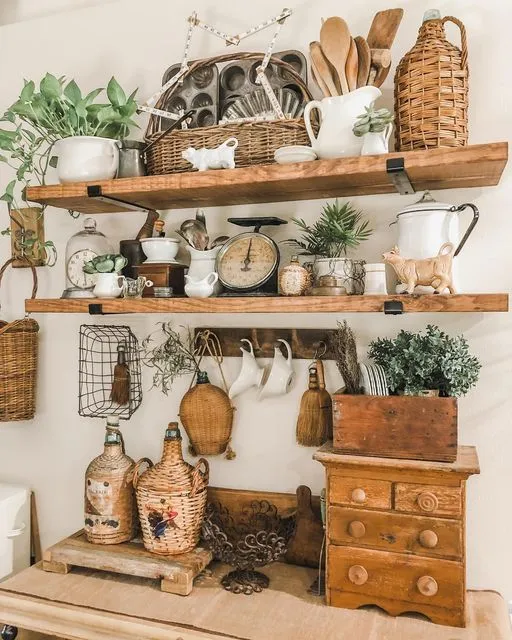
Vintage appliances and fixtures are the jewels of a 70s farmhouse kitchen. If you’re lucky enough to have original appliances, restoring them can be a fantastic way to capture the era’s charm. If not, consider sourcing vintage-inspired appliances with retro colors like avocado green or harvest gold. These appliances can serve as a bold focal point. Fixtures, such as light pendants and faucets, also play a crucial role in the overall aesthetic. Look for fixtures with geometric shapes, brushed metal finishes, or colorful enamel. These details can elevate the entire space. The blending of modern functionality and vintage aesthetics is what makes this design so appealing. The goal is to find a balance between functionality and aesthetics. The right appliances can create a kitchen that’s both stylish and practical.
Finding and Restoring Vintage Appliances
Finding vintage appliances can be an exciting project. Look at online marketplaces, antique stores, and salvage yards. Consider appliances with unique features and retro colors. Once you’ve found your appliances, the restoration process can be a rewarding experience. Start by thoroughly cleaning and inspecting the appliances. You may need to replace worn parts or repaint the exterior. If you’re not comfortable with electrical work, hire a professional to ensure that the appliances are safe and functional. Remember, the goal is not to make the appliances look brand new, but to preserve their original character. Vintage appliances can add personality to a kitchen. With careful restoration, you can enjoy these unique appliances for years to come. Don’t be afraid to embrace the imperfections and celebrate the history of these vintage treasures. It is important that you preserve and honor the past.
Choosing Retro Lighting Fixtures
Lighting fixtures are another great way to infuse your kitchen with 70s charm. Look for pendants with geometric shapes, such as bell-shaped or globe lights. Brushed metal finishes, like brass or chrome, were also popular in the 70s. You can also opt for fixtures with colorful enamel shades. Consider the size and placement of your lighting fixtures. Over a kitchen island, you can hang multiple pendants to create a focal point. In the dining area, a chandelier or a cluster of pendants can add a touch of elegance. Don’t forget to consider the type of light bulbs you use. Warm-toned bulbs can enhance the cozy atmosphere of the kitchen. With the right lighting fixtures, you can completely transform the look of your kitchen. This also gives the space a unique look that is warm and inviting, making it the perfect place to spend time with family and friends.
Idea 4: Open Shelving and Display
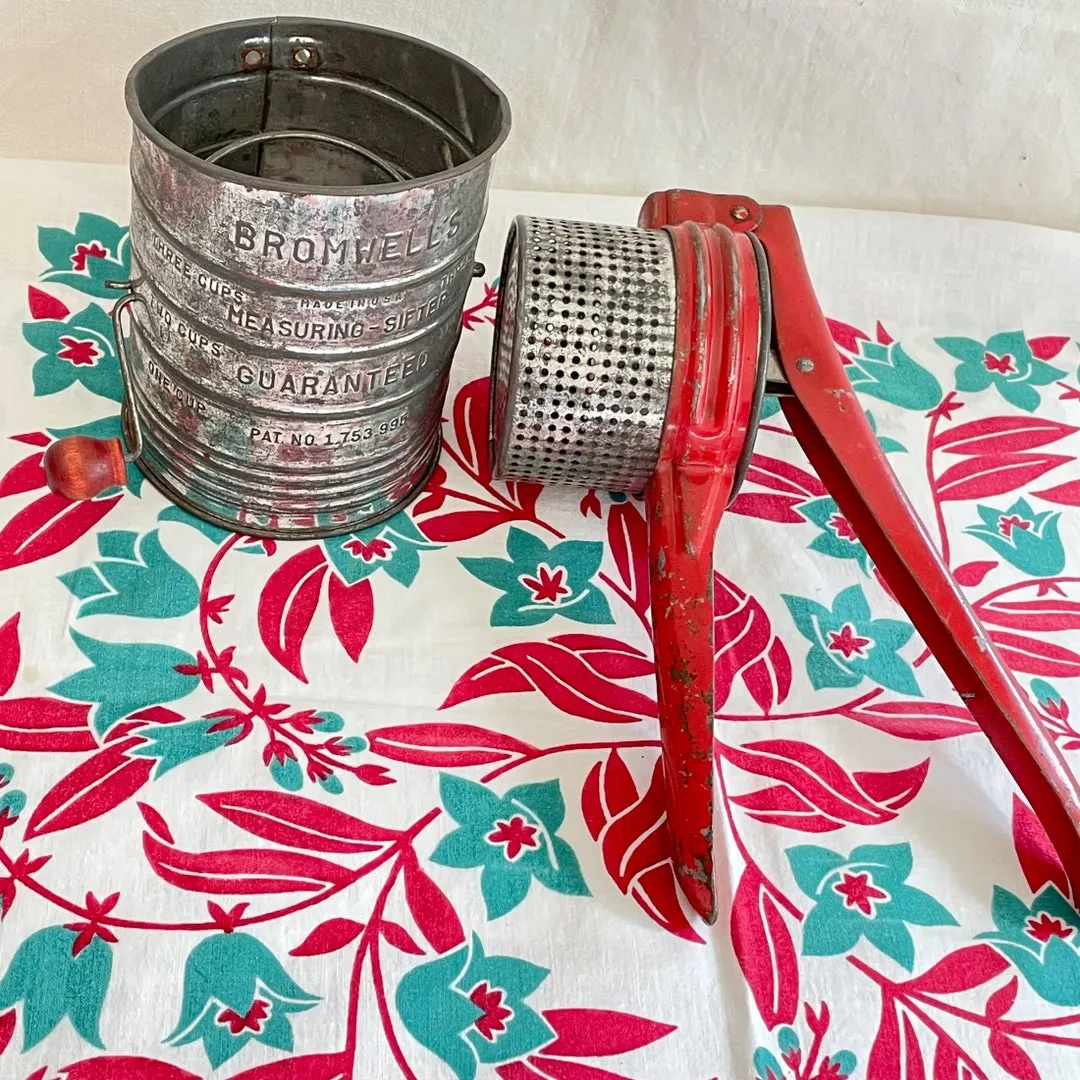
Open shelving is a key design element in many farmhouse kitchens, including the 70s version. This provides the perfect opportunity to display your vintage kitchenware and accessories. Open shelving makes the kitchen feel more open and spacious. Displaying your favorite items will also add personality and charm. Embrace a curated look that reflects your style and your love for the era. The open shelving concept creates a cozy and inviting space. It is a way to showcase your personality. The goal is to create a kitchen that is both stylish and functional. The right shelves can add the finishing touches to your kitchen.
Designing and Arranging Open Shelves
When designing your open shelves, consider the materials you want to use. Wood shelves are a natural choice for a farmhouse kitchen, while metal shelves can add a touch of industrial flair. The size and placement of your shelves will depend on the layout of your kitchen and the items you want to display. When arranging your shelves, mix and match different types of items. You can display a combination of dishes, cookware, and decorative objects. Experiment with different arrangements. Grouping similar items together can create a cohesive look. You can also use the shelves to add color and visual interest to your kitchen. The key is to create a balanced and visually appealing display. The shelves will not only be functional, but they will also add to the aesthetic of your kitchen.
Displaying Vintage Kitchenware
Vintage kitchenware is perfect for open shelving. Look for colorful dishes, serving bowls, and glassware. Don’t be afraid to mix and match different patterns and colors. Display your vintage items in a way that tells a story. Group them by color, pattern, or style. You can also add other decorative items to your shelves, such as vintage cookbooks or artwork. By carefully displaying your vintage kitchenware, you can transform your open shelving into a focal point of your kitchen. The goal is to create a display that reflects your personality and your love for the 70s farmhouse style. The shelves will look great and will also provide a place to store your kitchen items.
Idea 5: Retro Accessories and Accents
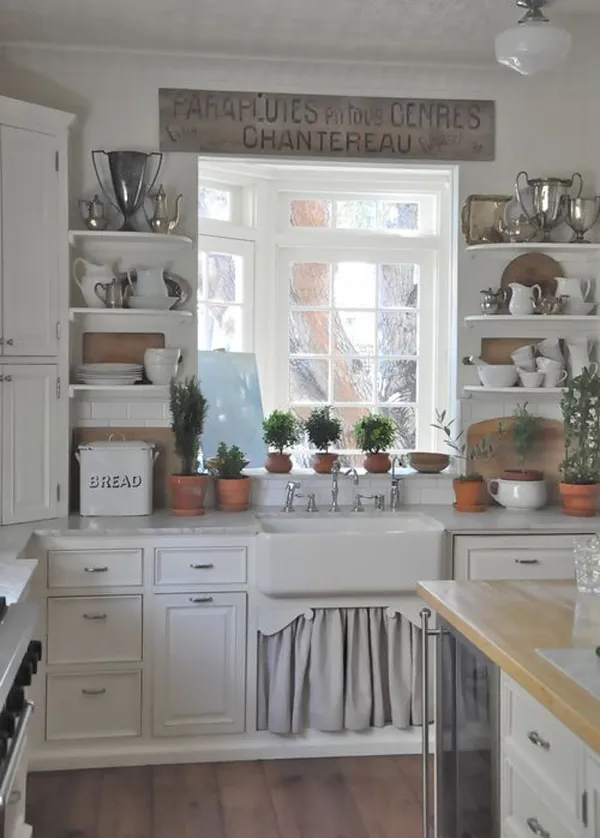
The final touch to your 70s farmhouse kitchen is the accessories and accents. These small details can make a big difference in the overall look and feel of your space. The accessories should complement the rest of your kitchen design. The accessories will make your kitchen feel complete. This will bring the whole look together. This allows you to add even more personality and style. The goal is to create a cohesive and inviting space. The right accessories and accents will make your kitchen even more unique.
Choosing the Right Accessories
When it comes to accessories, focus on finding items that reflect the 70s aesthetic. Look for items with geometric patterns, earthy tones, and natural textures. Consider adding items such as a vintage clock, a retro-style toaster, or a set of colorful canisters. Display a collection of vintage cookbooks or a framed piece of art. Don’t forget about textiles. Place patterned dish towels on your counters or use a vintage tablecloth on your kitchen table. When choosing accessories, think about how they will complement the existing design elements in your kitchen. The best accessories are those that feel authentic to the era and that reflect your personal style. These small details make a big difference. Your kitchen should feel complete with the right accessories.
Adding Vintage Textiles
Textiles are a great way to add color, pattern, and texture to your kitchen. You can use textiles to add a touch of the 70s vibe to your kitchen. Look for fabrics with bold colors, geometric patterns, and floral designs. Consider using patterned curtains or valances to add privacy and visual interest to your windows. Dish towels and pot holders are perfect for adding small pops of color. Add a vintage tablecloth to your kitchen table to create a retro feel. The right textiles will make your kitchen feel warm, inviting, and stylish. Don’t be afraid to mix and match different patterns and textures to create a unique look. With the right textiles, you can transform your kitchen into a space that’s both stylish and comfortable.
